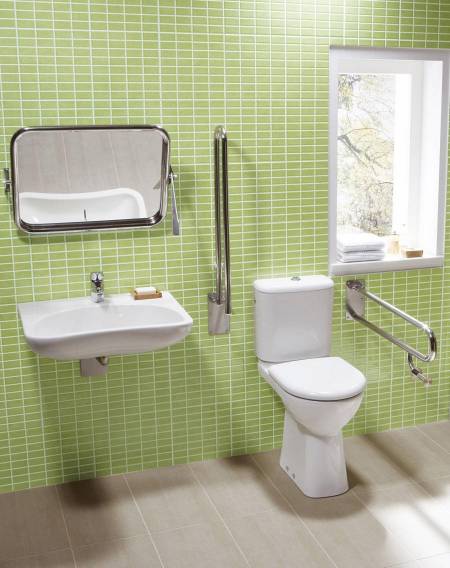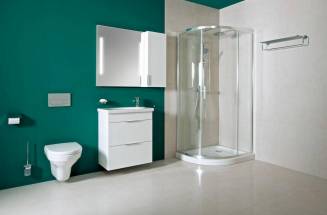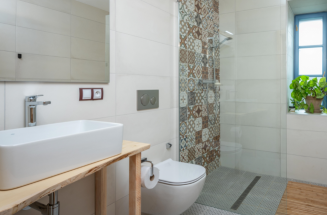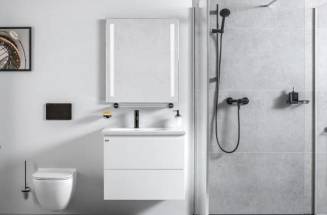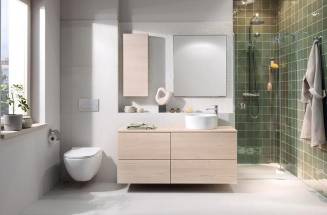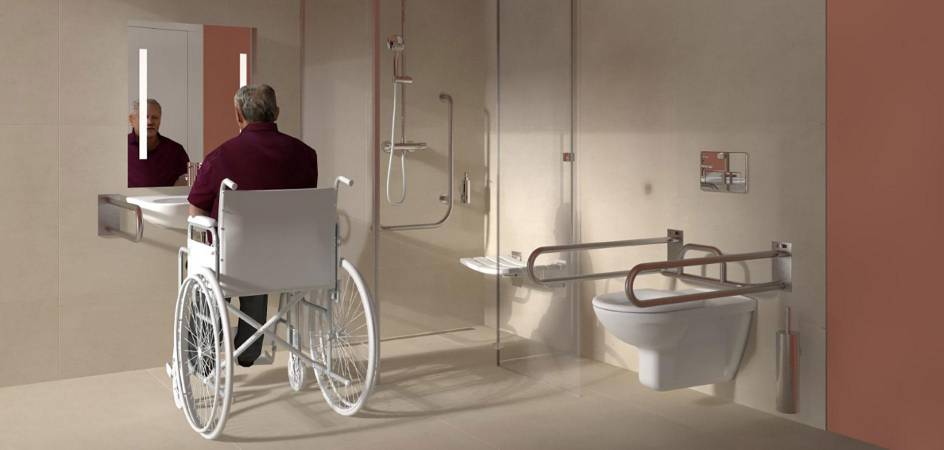
How to: Barrier-free Bathroom
Needs of older people are gaining ground these days due to changes in demography as well as other factors. In this context, every bathroom should be convenient, safe, and making us feel good. Convenient solutions are appreciated not only by the handicapped, but also older users. We have several tips for choosing the right products if you prefer convenient solutions and want (or need) a barrier-free bathroom equipped with various helpful features.
Barrier-free Bathrooms Provide Higher Safety, Comfort, and Investment for the Future
Bathrooms for people with special needs must provide not only specific aids, but mainly enough room for their safe movement.
For older or handicapped people, it is especially important to provide barrier-free entry to the room. Therefore, door width should be at least 90 cm (as opposed to standard 60 cm minimum) to allow for easy entry by wheelchair users or people with crutches. There must be enough room in the bathroom to allow for 360° wheelchair rotation; minimum diameter is 150 cm. Floor covering is also important, as it should feature anti-slip treatment. Last, but not least, wall structure is a relevant factor, as walls should allow for the anchoring of assist grips with the load capacity of 150 kg. For walls with lower load capacity you can use concealed systems that make such installation possible.
There are specific products that make bathroom use by people with special needs much easier. These namely include the extended toilet, properly designed shower cabins, specific washbasin shape, faucets as well as assist grips for all parts of bathroom. These products can find good use not only in households, but also in public spaces.
How to Choose the Right Washbasin and Faucet
A must for each barrier-free bathroom is a well-chosen washbasin combined with an ergonomic faucet for easy wheelchair access.
Neither vanity units nor traditional siphons are recommended. An ideal solution – not only in this case – is a wall-mounted siphon to create empty space under the washbasin for easy use by people on the wheelchair.
As far as faucets are concerned, please note that the longer the faucet lever is, the smaller force is needed for its control.
There are several Jika faucet series that allow to retrofit a longer lever. Contact-free fittings that require no use of force are also suitable.
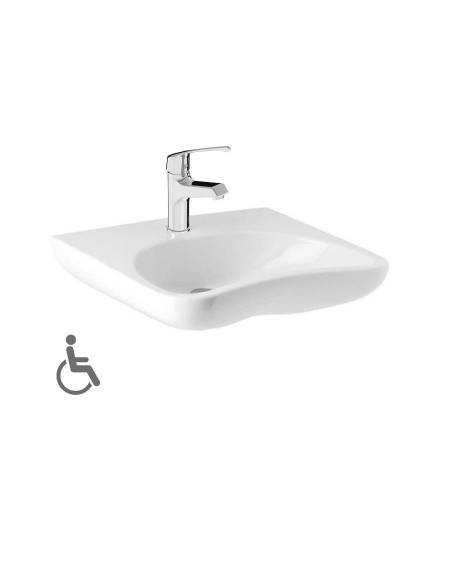
Shower Cabin
The shower cabin for disabled access represents the simplest option. It can also be made to fit individual requirements.
Minimum shower cabin dimensions defined by the law for people with special needs is 90×90 cm with barrier-free access width of at least 90 cm.
For these showers we recommend concealed thermostatic faucets to provide for easy control and proper hot water mixing.
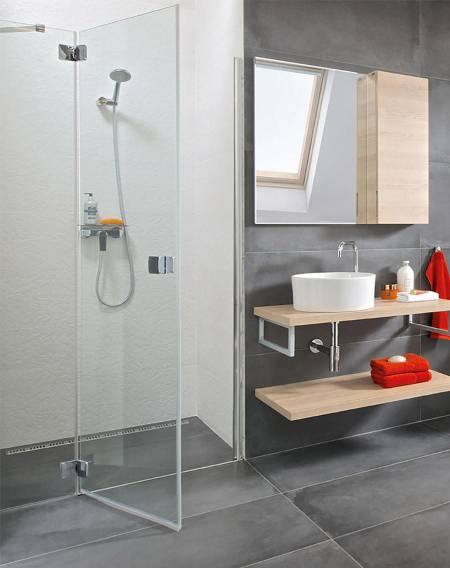
Safe Bathroom for Everyone
Support, in the literal sense, is provided by various types of assist grips and other important small items. Equip your bathroom with handles and assist grips at all places where you need them.
Practical folding seats designed for showers are a common part of all bathrooms these days, not only for the handicapped.
The programme for people with special needs also includes sleek swivel mirrors.
Of course, you can choose any mirror from the product range, you only need to install the mirror at a lower position to make it easy to use by people on the wheelchair.
